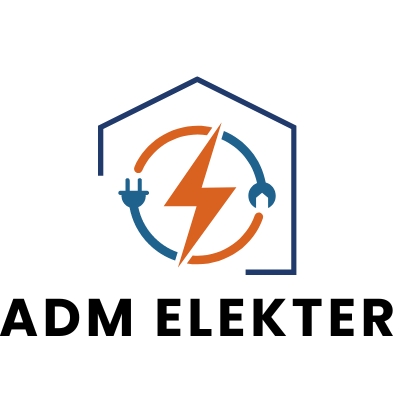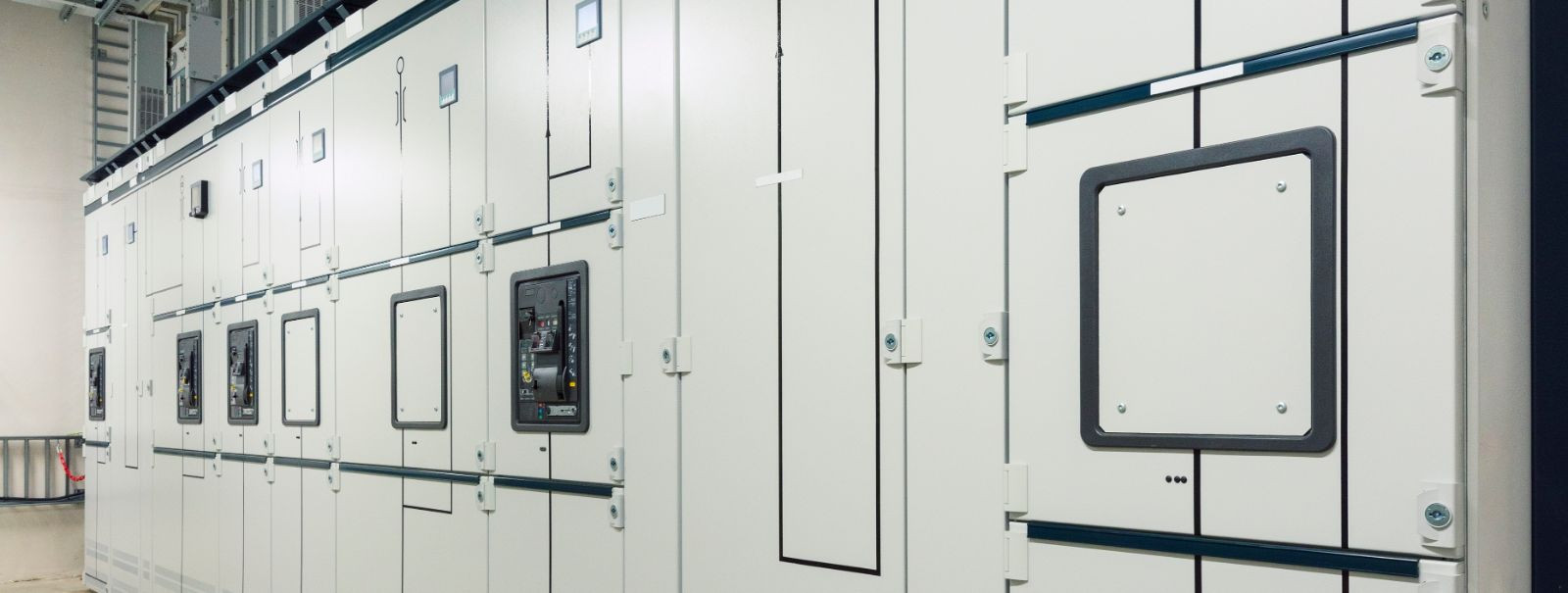Maximizing energy efficiency in commercial spaces
Energy efficiency in commercial spaces is not just about reducing energy consumption; it's about optimizing the performance of buildings to use less energy for the same or improved level of activity. This involves a comprehensive approach that includes the design, construction, operation, and maintenance of building systems.
Energy efficiency is crucial for commercial properties as it leads to significant cost savings, reduces environmental impact, and can enhance the comfort and productivity of occupants. With the rising cost of energy and increasing regulatory pressures, businesses are more motivated than ever to find sustainable solutions.
Strategies for Energy Efficiency
An energy audit is the first step in identifying where a commercial building is losing energy and where improvements can be made. It provides a clear picture of energy use patterns and pinpoints areas for enhancement.
Lighting upgrades, such as switching to LED technology, can result in substantial energy savings. LEDs not only consume less energy but also have a longer lifespan, reducing maintenance costs.
Heating, ventilation, and air conditioning (HVAC) systems account for a large portion of energy use in commercial buildings. Upgrading to high-efficiency systems, proper maintenance, and smart controls can drastically improve energy performance.
Smart building technologies, such as automated controls for lighting, HVAC, and other systems, can optimize energy use based on real-time data and occupancy patterns.
Improving the building envelope with better insulation, windows, and doors can minimize heat loss in winter and heat gain in summer, leading to lower energy requirements for heating and cooling.
Incorporating renewable energy sources like solar panels or wind turbines can reduce reliance on non-renewable energy and lower operational costs over time.
Best Practices in Energy Management
Regular maintenance of building systems ensures they operate at peak efficiency. Monitoring energy consumption helps in identifying trends and areas for improvement.
Training staff to be energy-conscious and engaging them in energy-saving practices can lead to a culture of efficiency within the organization.
Energy management systems (EMS) can provide detailed energy consumption data, allowing for informed decision-making and better control over energy use.
Financial Incentives and Support
Many governments offer grants and tax incentives to encourage businesses to invest in energy efficiency improvements.
Energy performance contracting involves partnering with an energy service company that finances and implements energy-saving measures, with the cost paid back through the energy savings achieved.
Utility companies often provide rebate programs for businesses that implement energy-efficient technologies and practices.






Comments (0)